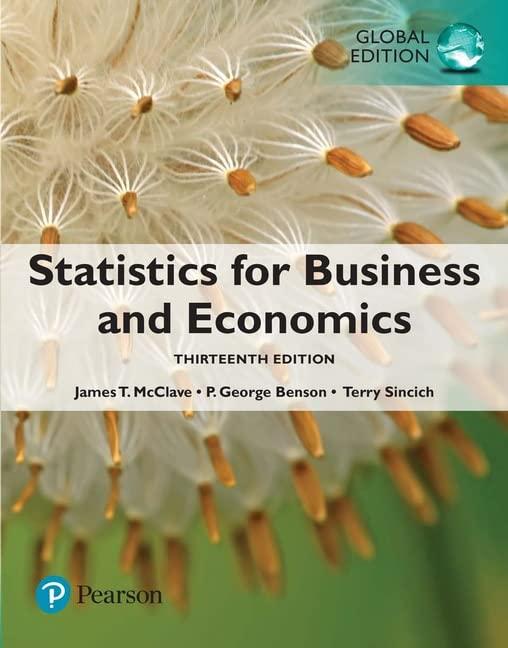Answered step by step
Verified Expert Solution
Question
00
1 Approved Answer
use r-studio, please River Abundance Tree.Area 7 0.34 17.2 4 0.6 20.7 3 0.9 24.1 14 1 29.8 5 1.1 25.3 1 1.2 34.4 13
use r-studio, please
| River | Abundance | Tree.Area |
| 7 | 0.34 | 17.2 |
| 4 | 0.6 | 20.7 |
| 3 | 0.9 | 24.1 |
| 14 | 1 | 29.8 |
| 5 | 1.1 | 25.3 |
| 1 | 1.2 | 34.4 |
| 13 | 1.4 | 23 |
| 12 | 1.5 | 40.2 |
| 9 | 1.8 | 37.9 |
| 10 | 2 | 26.4 |
| 6 | 2.1 | 40.2 |
| 11 | 2.3 | 34.4 |
| 8 | 2.6 | 41.3 |
| 15 | 2.9 | 43.6 |
| 2 | 3.4 | 47.1 |



Step by Step Solution
There are 3 Steps involved in it
Step: 1

Get Instant Access with AI-Powered Solutions
See step-by-step solutions with expert insights and AI powered tools for academic success
Step: 2

Step: 3

Ace Your Homework with AI
Get the answers you need in no time with our AI-driven, step-by-step assistance
Get Started


